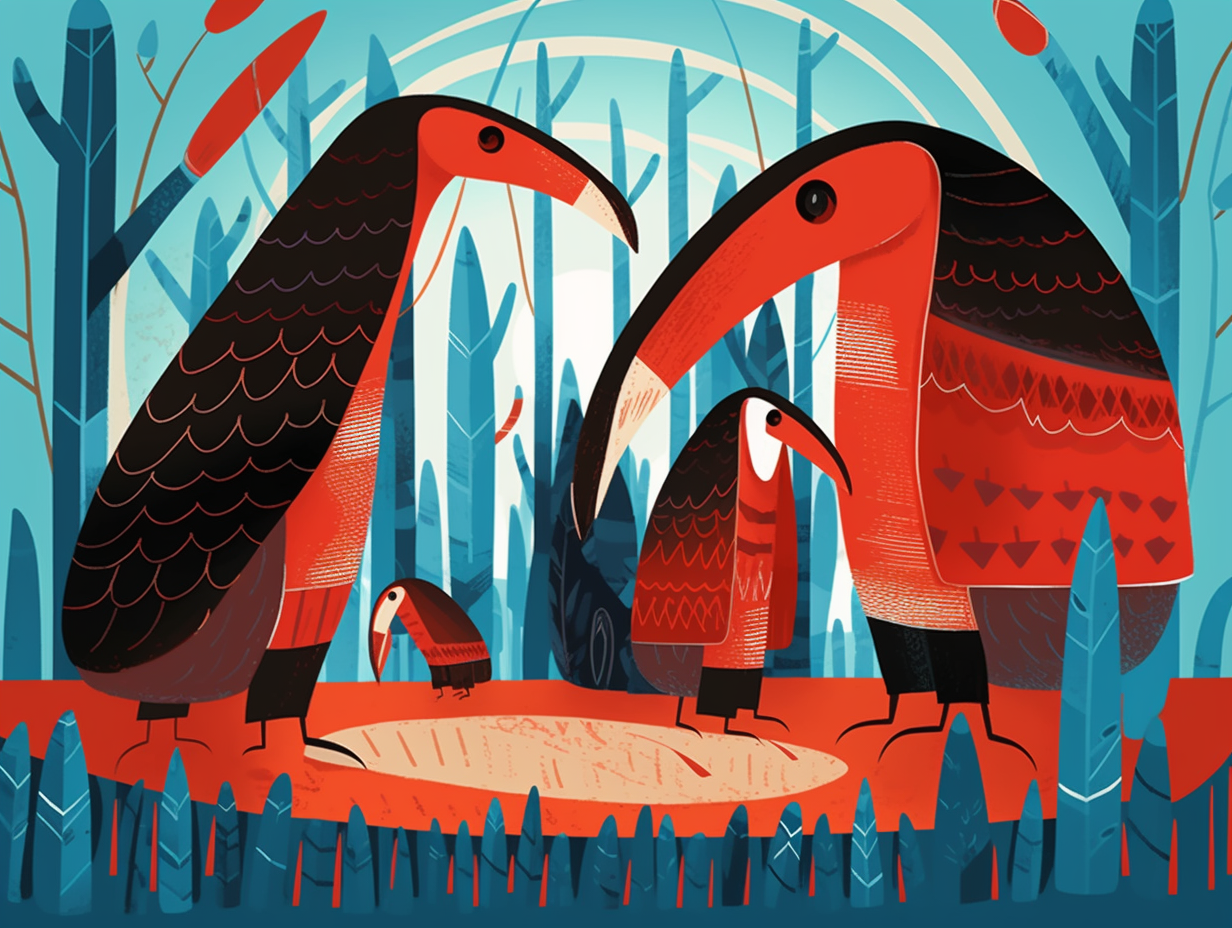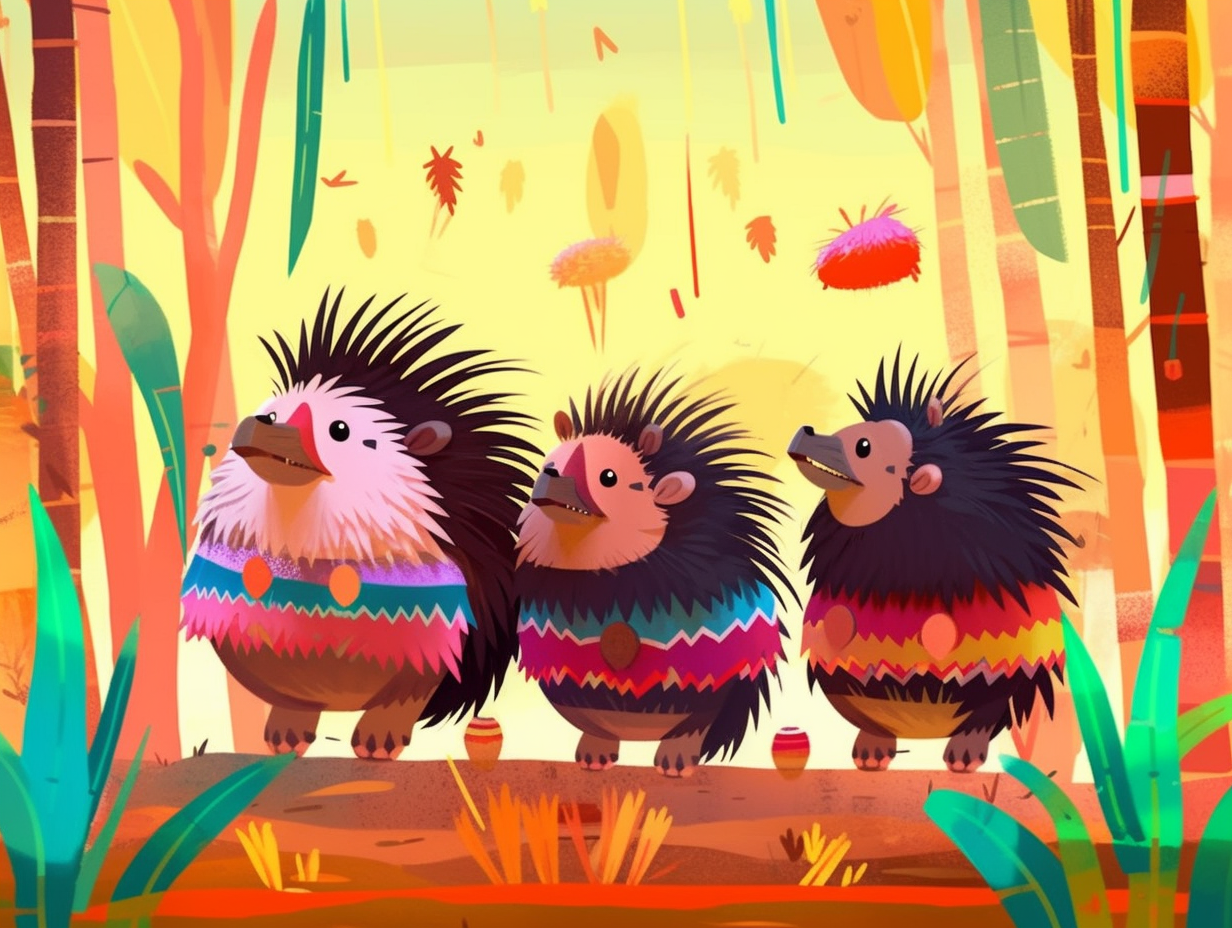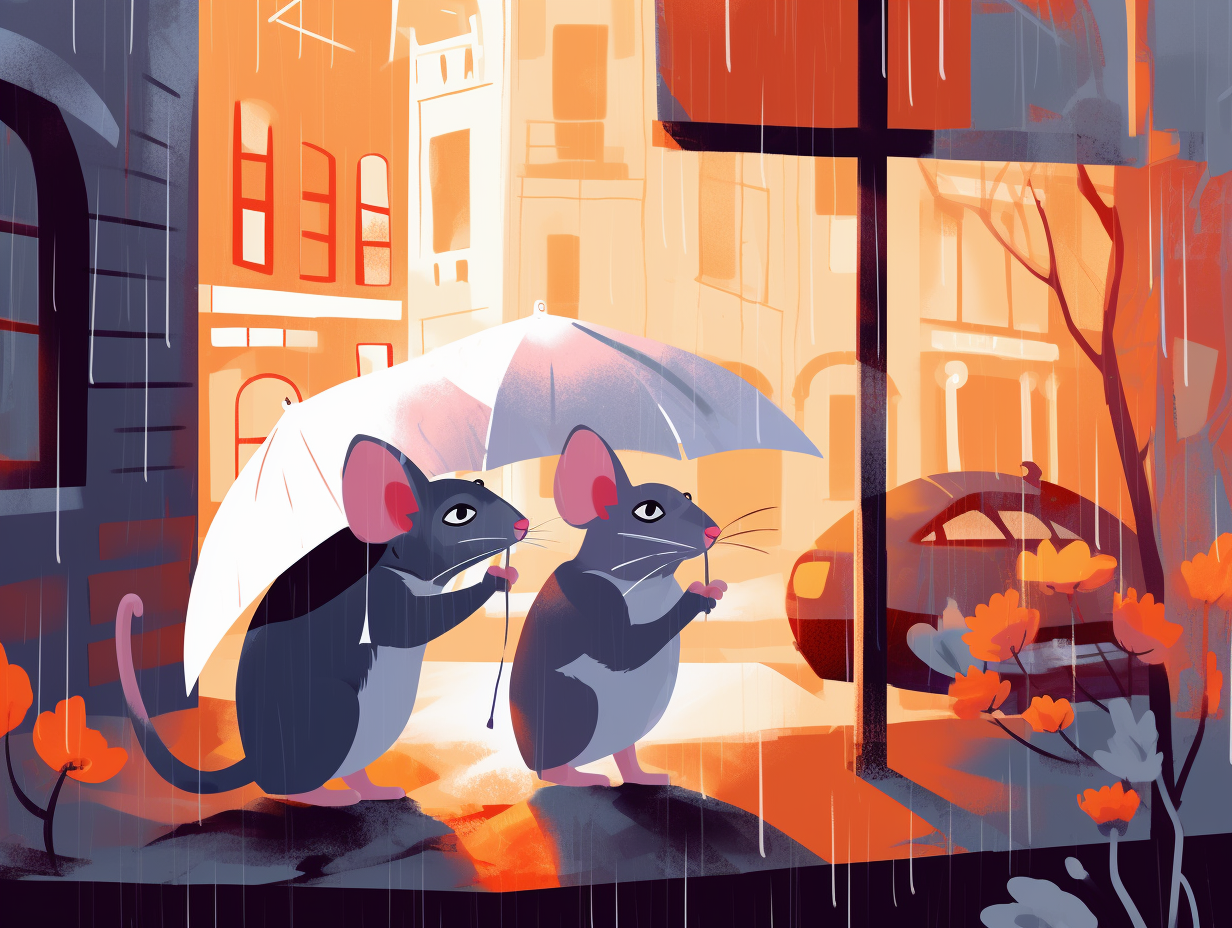Discover the Wacky World of Anteaters: Top 11 Fun Facts You Never Knew!

1. Variety? No Thanks, We Love Ants!
Whoever said that variety is the spice of life clearly never met the anteater: these fascinating, long-tongued creatures have evolved to exclusively feast on ants and termites, completely forgoing the dietary diversity of their Xenarthra order counterparts, like the armor-clad armadillo who nibble on insects, plants, and the occasional small vertebrate, or the slow-mo sloth who prefers a leafy green lifestyle high up in the treetops.
Source => xenarthrans.org
2. Flick and Feast Champions
Life's a flick for these insect-munching pros, who take the phrase "having butterflies in their stomach" to a whole new ant-astic level: Giant anteaters can flick their long, sticky tongues up to 150 times per minute, feasting on ants and termites while sporting thin jaws and a complete lack of teeth, relying on their Hulk-like claws to rip open termite mounds and peel tree barks.
Source => thatslifesci.com

Did you know aardvarks can devour 50,000 termites in just one night with their 30cm-long tongues? Discover how these amazing creatures dine on termites and rock their impressive stage attire! 🎸🐜
=> Fun Facts about Aardvarks
3. Speedy Anteater Gallopers
Who needs a Ferrari when you have an anteater on your side? These not-so-little snuffling speedsters put the "fast" in "fast food" as they chow down on their preferred six-legged supper: Giant anteaters can gallop at over 30 miles per hour (48 kilometers per hour) when necessary, making them one of the swiftest animals in their Central and South American habitats of wetlands, grasslands, and tropical forests.
Source => nationalzoo.si.edu
4. Super Smelling Sleuths
Sherlock Holmes, eat your heart out: Giant anteaters have a super sense of smell, effortlessly identifying different ant and termite species for their next meal. These fur-midable detectives use their muscular limbs and crime-fighting claws to tear open nests, swiping up insects with a sticky tongue that can strike faster than a ninja – 150 times a minute! In a single feeding, they munch on about 140 tiny critters and sip on Mother Nature's finest – obtaining water from their food or leftover plant moisture after a good ol' rainshower.
Source => nationalzoo.si.edu

5. Indecisive Food Critics
You might think anteaters are picky eaters, but as it turns out, they're just indecisive foodies: Giant anteaters enjoy feasting on fruits such as avocados, bananas, and papayas, hard-boiled eggs, and even indulge in canned and dry cat food in zoos while refusing to eat wild ants that sneak into their spread – possibly due to the ants' differing species from their native South American cuisine. And did you know, they're also aqua-zumba enthusiasts defecating in water to outwit their arch-nemeses, the jaguars?
Source => jacksonvillezoo.org
6. Defense Mechanism Detectives
Despite their picky palates and a discerning eye for their six-legged sushi, anteaters aren't exactly food critics – they just know what's good for their taste buds: Interestingly, these fuzzy insect connoisseurs choose their dinner based on the type of defense mechanisms employed by ants and termites while avoiding chemical-spraying pests, opting for those that rely on mechanical tactics. Appetite preferences vary in captive and wild anteaters, hinting that they dine according to the social bug buffet available in their surroundings. Bon appétit!
Source => blogs.scientificamerican.com
7. Unrivaled Insect Identification
Next time you're torn between dining options, just remember: anteaters have it down to a science, expertly sniffing out the crème de la crème in the insect world: With their highly developed sense of smell, giant anteaters can identify a specific species of ant or termite, then launch an all-out assault on the nest using their formidable forelimbs and claws.
Source => nationalzoo.si.edu
8. The Tongue-tastic Insect Vacuum
Tongifornia: The state where the anteater tongue can stretch all the way to their foodie fame, extending up to 24 inches in length, as they feast on a whopping 30,000 insects per day by tearing open ant hills and termite mounds, using their uber-sticky saliva-drenched tongue to vacuum up the little critters.
Source => reidparkzoo.org
9. The Unique Anteater Quartet
Anteaters: the quirky quartet of fuzzy vacuum cleaners, specialized in inhaling ants and termites with the prowess of an Olympic swimmer devouring a buffet after a 100-meter race. Fun fact: These four distinct species – giant, silky, northern tamandua, and southern tamandua – each bring their own flair to the insect-snarfing game, as the stylishly patterned giant anteater takes the heavyweight title, while the tree-hugging silky anteater claims the featherweight championship in their respective regions.
Source => naturenibble.com

10. Marvelous Toothless Bug Eaters
Who needs teeth when you're a sticky-tongued marvel of the insect world? Anteaters are like the competitive eaters of the bug arena, gobbling down creepy crawlers at a pace that'll make Joey Chestnut jealous: It's true, giant anteaters have no teeth but that doesn't stop them from using their 2-foot-long sticky tongues to consume up to 140 insects from one nest, reaching a phenomenal rate of 150 slurps per minute! And when they're really hungry, they can chow down on a whopping 30,000 insects in a single day!
Source => nationalzoo.si.edu
11. Solitary Anteater Slumber Parties
Despite their declarations of "I don't want no ants," anteaters seem to have a soft spot for slumber parties, gossip sessions, and communal karaoke: These furry vacuum cleaners actually have overlapping home ranges and will tolerate each other's presence, but they still remain mostly solitary animals, except when accompanied by their offspring, mating, or engaging in some macho male rivalries.
Source => en.wikipedia.org
Related Fun Facts




















